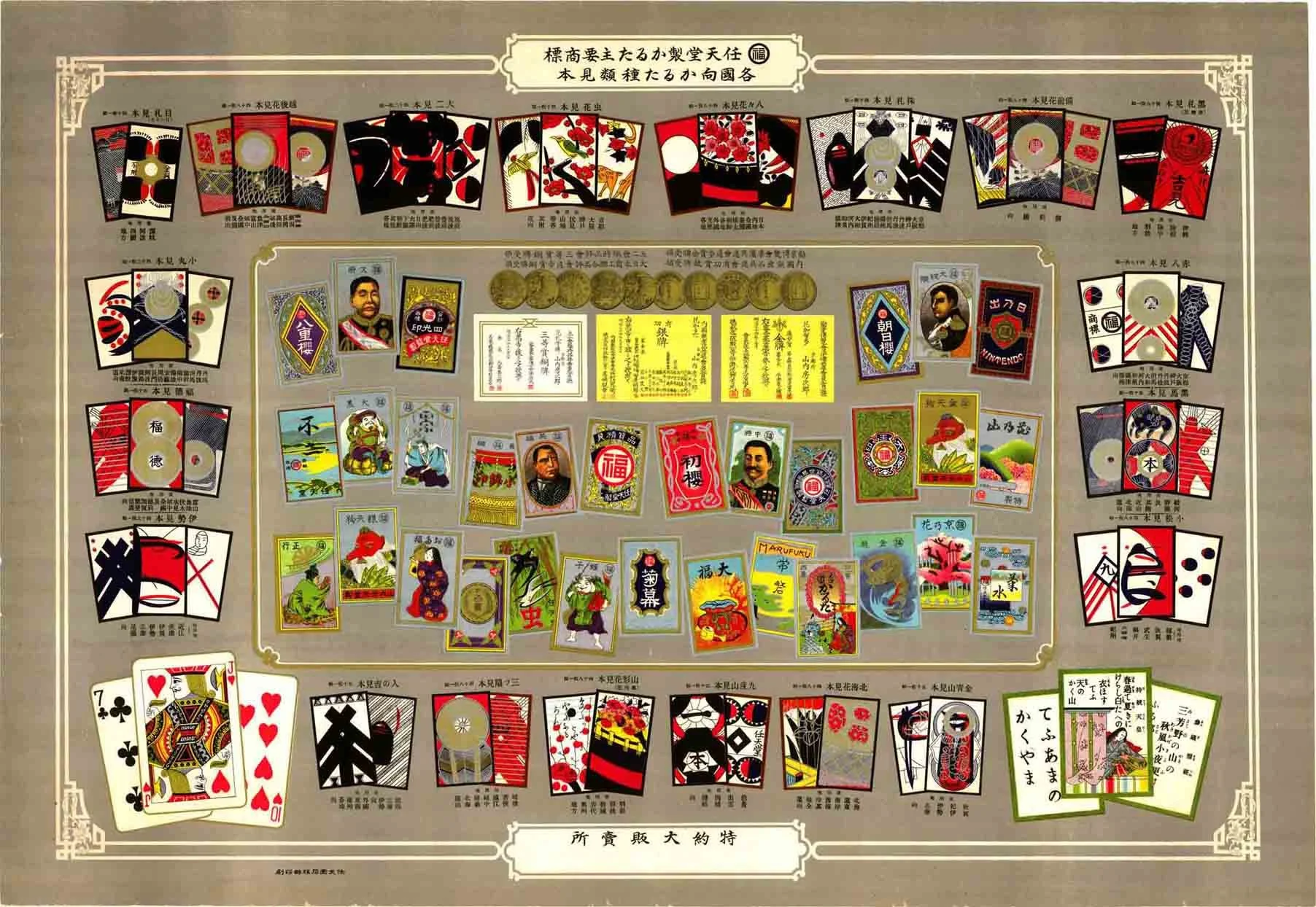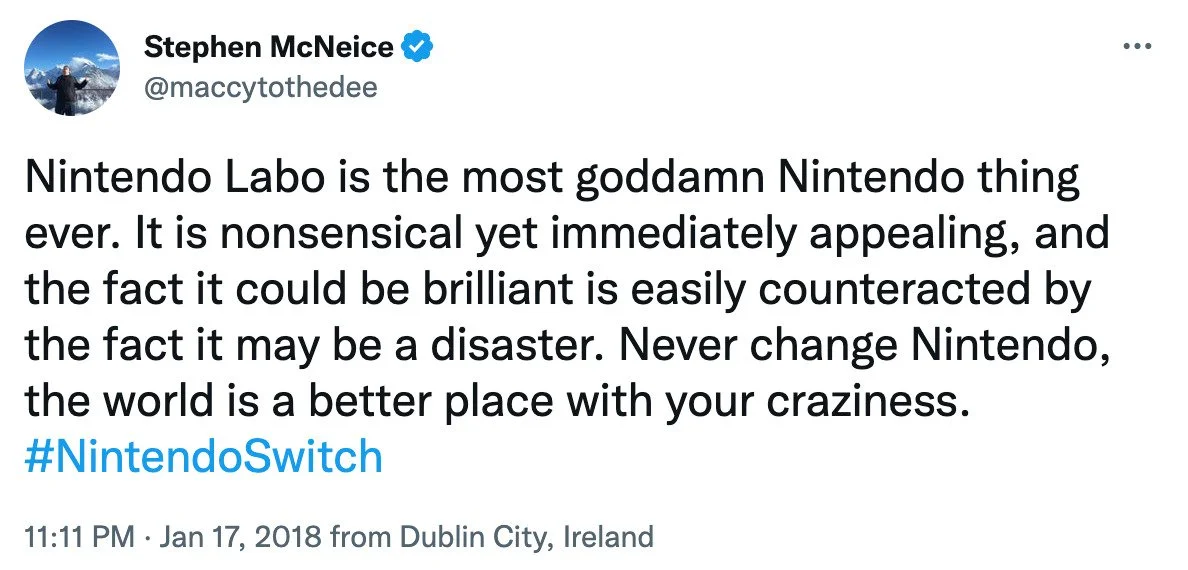Disruptive innovation is not just a startup thing - a Nintendo case
When we speak about the most innovative companies with a strong entrepreneurial mindset, Apple is often named as a top one. But on the other side of the Pacific Ocean, there’s another firm that shares the same taste for disruption: Nintendo.
While Apple has always been into computing, Nintendo first started in 1889 by selling Hanafuda, Western-style Japanese playing cards, used for various games. Originally hand-painted on mulberry tree bark, Nintendo soon mass-produced them to satisfy the growing demand. But at the turn of the 1970s, Nintendo’s executives realized that the market of playing cards was getting limited. They made their company do a strong pivot and embrace the emerging sector of electronic games.
Nintendo’s Hanafuda’s cards in 1889
In order to make its mark, Nintendo released in 1980 what could be its first innovation: the Game and Watch devices. These handheld electronic games were developed into 60 different versions, with what will become iconic characters like Donkey Kong or Mario.
Moreover, they perfectly fitted into a pocket, thanks to their flat cross-shaped directional buttons that were replacing the classical joystick. A design that could seem trivial at first, but that soon became an industry standard for many controllers.
Classical joystick VS Cross-shaped button gamepad
In the early 1980s, video games and consoles were dominated by the American company Atari. Inspired by the success of the Atari 2600, many rivals like Philips, Magnavox, and Coleco made their own, forcing Atari into a price war. At the same time, home computers started to become more useful and attractive, making the competition tougher than it already was. With third-party developers creating more and more copycats and hurriedly producing video games, consumers were introduced to too many low-quality products.
This situation could have been handled if most of the above-mentioned actors were not also overestimating the interest of customers. For instance, after selling up to 7 million copies of Pacman in 1982, Atari still had several million left and was expecting that many other games like E.T. would meet the same success. Which it did not.
At one point, all these games and consoles flooded the market without getting sold so when retailers started to send them back to their publishers, the whole industry almost collapsed. Only two innovations saved it: the NES and the first Super Marios Bros. Both were developed by Nintendo.
From this time, Nintendo took the lead in this industry, releasing non-stop innovations, products after products. The Gameboy was the first pocket console with true autonomy. Super Mario 64 and its graphics became a reference for all 3D video games. The Nintendo DS with a touch-screen and a Wi-Fi connection. And last but not least, the Wii and motion controllers put video games into the hand of people of all ages, even non-customers in the past like elderly people.
Nintendo products’ timeline
Today, one year after releasing the Nintendo Switch - a hybrid device designed to be both a home console and a portative tablet, Nintendo is aiming at further extending its gaming possibilities, just like the NES Zapper or the Gameboy Printer accessories did before. The Verge magazine gives praises to this product, saying it is the most innovative game console in years. Nintendo didn’t just stop there; in April 2018, they added a DIY dimension that allows players to build an immersive experience rather than just simply consuming a video game.
Sharing the same mindset as Apple on innovation, Nintendo has always made a point to take smart and calculated risks in order to rethink its business activity. Sure, they both offer great products and these products are beautifully designed and user-friendly. But what makes them different is that Apple and Nintendo believe in challenging the status quo. They believe in thinking differently. They believe in empowering creative and curious people.
While Sony and Microsoft are focusing on making the most powerful consoles, Nintendo is choosing once again another path to entertain its loyal fans and attract new ones: bringing breakthrough concepts that are so bold and brilliant that they might turn into complete disaster or success!
Source: Twitter
Nintendo, along with many other industry giants and big companies, is challenging the misconception that only startups - using cutting-edge technologies and attacking the old world’s monopolies - are innovative. They even prove the opposite: what makes a firm innovative relies on its ability to understand and stay true to its own purpose. Knowing its culture, identity, and expertise is crucial for a firm to create radical offers to the world.
***
Sources :




